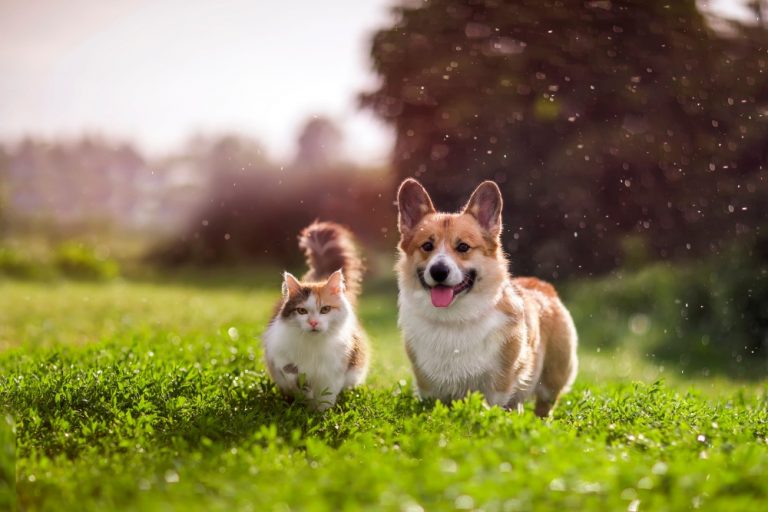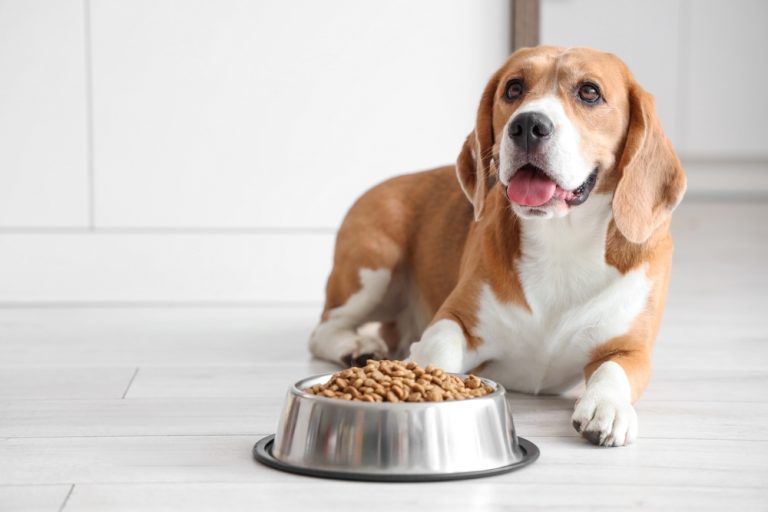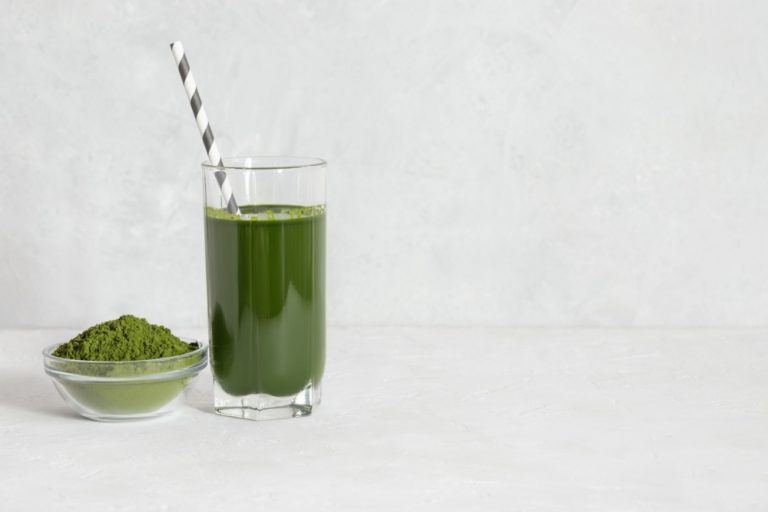What to Know About Cat and Dog Food Ingredients
Walking down the pet food aisle can feel overwhelming sometimes. There are so many bags and cans, each promising optimal health, shiny coats, and happy tummies. But how do you really know which one is right for your beloved pet? The secret lies in understanding pet food ingredients.
A well-balanced diet contributes to everything from strong bones and muscles to a robust immune system and clear eyes. It influences their energy levels, their mood, and even how well they sleep. That’s why taking a little time to decode those labels is one of the most loving things you can do for your pet.
Your Guide to Pet Food Labels
Pet food labels might seem complicated at first glance, but they contain specific, regulated information designed to help you understand what you’re buying. Let’s break down the key sections you’ll find:
1. The Product Name: This is often the first thing that catches your eye, and it can tell you something, but it can also be a little tricky. Names like “Chicken Formula” or “Beef Dinner” often indicate that the named cat or dog food ingredient makes up a significant portion of the food.
However, be mindful of terms like “with chicken” or “chicken flavored,” which might mean only a small amount, or even just the taste, is present.
2. Net Weight: This tells you how much product is in the bag or can.
3. Manufacturer’s Name and Address: This tells you who made the food and how to contact them. A reputable company will have readily available contact information. Knowing who is behind the food you’re feeding your pet builds trust and accountability, allowing you to reach out with questions or concerns.
4. Guaranteed Analysis: This section might look a bit scientific, but it’s essentially a nutritional scorecard for the food, including:
- Crude Protein: This refers to the total amount of protein in the overall pet food ingredients list, including both animal and plant sources. Protein is vital for building and repairing tissues, supporting the immune system, and providing energy.
- Crude Fat: This indicates the total fat content. Fats are a concentrated source of energy, help with the absorption of fat-soluble vitamins, and are crucial for healthy skin and a shiny coat.
- Crude Fiber: This represents the indigestible plant material. Fiber is important for digestive health, helping to regulate bowel movements and promoting a feeling of fullness.
- Moisture: This is the water content of the food. This percentage is especially important when comparing dry food to wet food, as wet food has a much higher moisture content, which affects the concentration of other nutrients.

5. Ingredient List: This is arguably the most crucial part of the label. Cat and dog food Ingredients are listed in descending order by weight. This means the first few ingredients make up the largest proportion of the food. Pay close attention to the top ingredients.
6. Feeding Guidelines: These provide a recommended starting point for how much food to give your pet. However, these are just guidelines! Your pet’s individual needs will vary depending on their age, activity level, metabolism, and overall health. It’s always best to monitor your pet’s weight and body condition and adjust feeding amounts accordingly.
Decoding the Ingredient List: What to Look For
Now that we know where to look, let’s talk about what we want to see in the pet food ingredients list.
- Protein Sources: High-quality pet foods typically list a specific animal protein source as one of the first ingredients. Look for names like “chicken,” “beef,” “lamb,” “salmon,” or “turkey.” These indicate whole protein sources.
- Wholesome Carbohydrates: After protein, you want to see sources of healthy carbohydrates that provide energy and fiber. Good examples include sweet potatoes, brown rice, barley, oats, peas, and lentils. These offer complex carbohydrates that release energy slowly and provide valuable fiber for digestive health.
- Beneficial Fats: Fish oils are particularly valuable for their omega-3 fatty acids, which support brain health, joint health, and reduce inflammation. Flaxseed is another good source of omega fatty acids.
- Fruits and Vegetables: These ingredients add vitamins, minerals, and antioxidants to the food, supporting overall health and well-being. You might see ingredients like carrots, apples, blueberries, spinach, kale, or cranberries listed.
- Vitamins and Minerals: Reputable pet foods are supplemented with essential vitamins and minerals to ensure complete nutrition.
- Natural Preservatives: To keep the food fresh, preservatives are necessary. Look for natural preservatives like mixed tocopherols and Vitamin C (ascorbic acid) instead of artificial ones.
- Probiotics and Prebiotics: Some formulas include these to support a healthy digestive system. Probiotics are beneficial bacteria, while prebiotics are fibers that nourish these good bacteria.

Pet Food Ingredients to Avoid
Just as there are ingredients to seek out, there are others that are less desirable and potentially best avoided or minimized in your pet’s diet.
- Vague or Unspecified Meat Sources: Ingredients like “meat by-products,” “animal digest,” or simply “meat meal” are concerning because you don’t know the specific animal source. While not necessarily harmful, they are less transparent and often of lower quality than named meat sources. “By-products” can include internal organs, bones, and other parts, which can be nutritious, but the lack of specificity makes it hard to judge the overall quality.
- Artificial Colors, Flavors, and Preservatives: Pet food doesn’t need to look nice or be artificially flavored. Artificial colors, artificial flavors, and some artificial preservatives are often included to make the food more appealing to us, the pet owners, or to extend shelf life using potentially questionable chemicals.
- Added Sugars and Sweeteners: Pets don’t need sugar in their diet, and added sugars can contribute to weight gain, dental problems, and potentially other health issues. Ingredients like corn syrup, sucrose, or other sweeteners are some of the pet food ingredients to avoid.
- Excessive Fillers: Ingredients like corn, wheat, and soy are often used as fillers in pet food. While they aren’t inherently bad for all pets and can provide some nutrients, they can be common allergens for some dogs and cats. More importantly, when they appear as one of the first ingredients, it can mean the food is less nutrient-dense compared to formulas where meat protein is the primary ingredient.

The Role of Your Veterinarian
While decoding pet food ingredients empowers you to make informed choices, remember that every pet is unique. Factors like breed, age, activity level, health conditions, and individual sensitivities all play a role in determining the best diet. The information on a pet food label is a general guide since your veterinarian is your best resource for personalized dietary recommendations. They can help you interpret how a food’s label translates to your pet’s individual requirements, so remember to ask for their recommendations.
Good Health Starts with Reading the Label
Choosing the right food for your pet is an act of love and responsibility. It requires a little effort to understand what goes into their bowl, but the rewards—a healthy, happy, and thriving companion—are immeasurable. By learning to read dog and cat food ingredients, you can make the best choices for their health and longevity. Find products made with ingredients you can trust—because your pet’s health starts with what’s in their bowl.
With 60 years of innovation and commitment to quality, Consumer Care understands the deep bond you share with your pets. We believe that providing world-class products is key to nurturing that bond. Our range of pet care products is developed with this in mind, offering nutritious and high-quality options that you can trust to support your pet’s health and happiness. Browse our collection of thoughtfully developed food options for pets, so every meal is a step toward a healthier, happier life together!








